Gma's and Gpa's Great Adventures
la Ora na!
We have about 4 more weeks before we need to leave French Polynesia (our 90 day visas expire). Whitey has scheduled for some maintenance work to be done on Nutmeg at the boatyard in Raiatea. Nutmeg will be hauled out and we have “Fare te Hanatua” booked for a few nights. Time to rent a car and explore the island some more!
It's hard to get lost on this island – there’s the ring road all along the coast plus the crossover road which leads to the “Belvedere” lookout
RUTH METZ
32 chapters
29 Jan 2023
Raiatea
French Polynesia
la Ora na!
We have about 4 more weeks before we need to leave French Polynesia (our 90 day visas expire). Whitey has scheduled for some maintenance work to be done on Nutmeg at the boatyard in Raiatea. Nutmeg will be hauled out and we have “Fare te Hanatua” booked for a few nights. Time to rent a car and explore the island some more!
It's hard to get lost on this island – there’s the ring road all along the coast plus the crossover road which leads to the “Belvedere” lookout

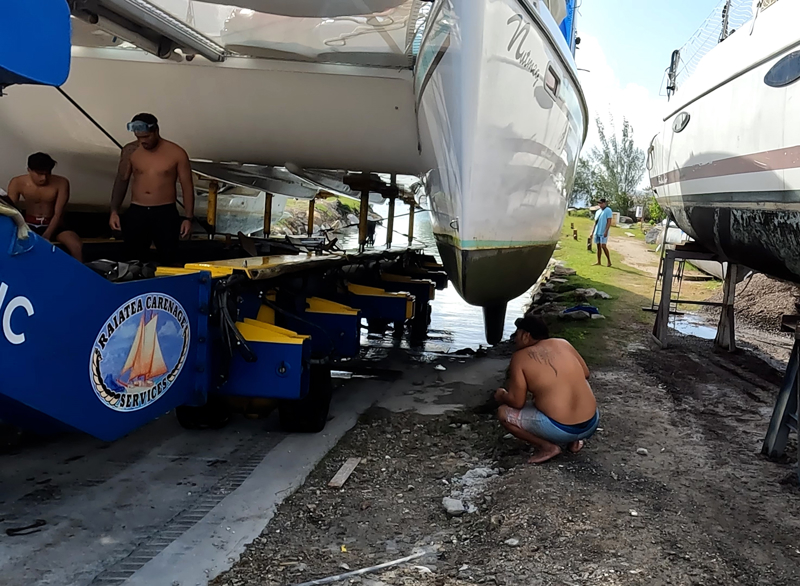

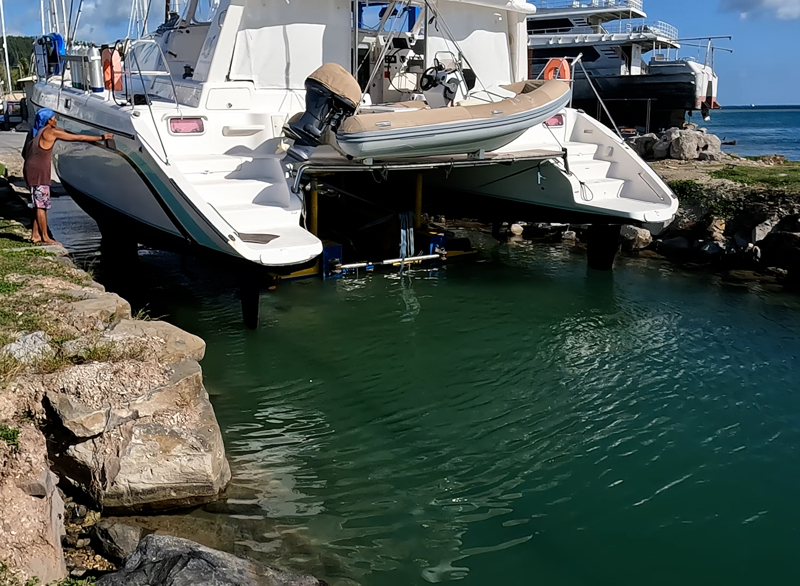


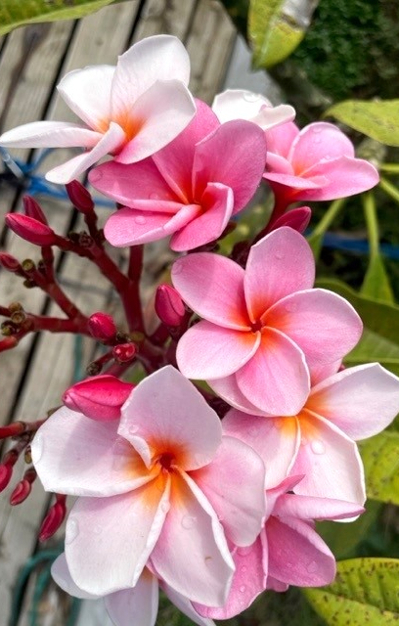
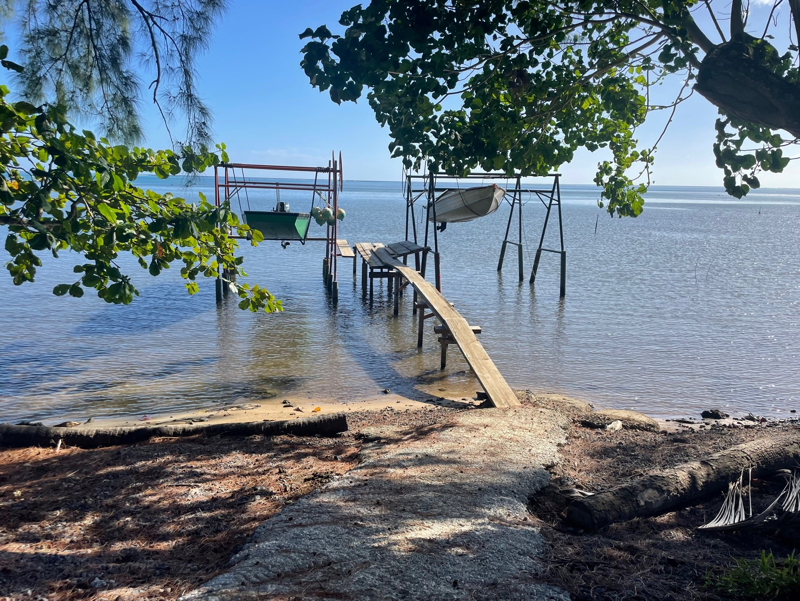
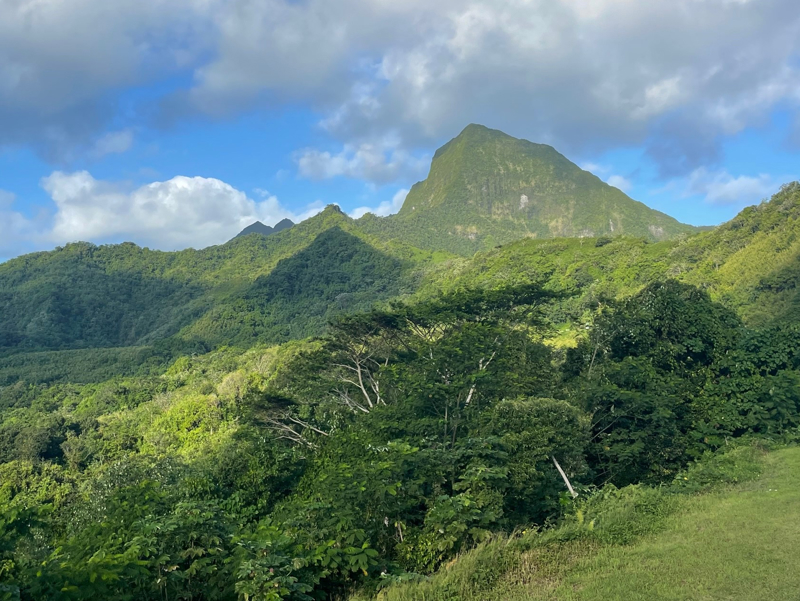

with great views over the bays, valleys and mountains. This is a busy island with Uturoa, the main village for commerce and government, and several bareboat yacht charter bases located at various smaller marinas. Yet it is also a quiet island with many smaller villages, homes and small hotel/resorts along the coast, with lots of beautiful nature on both water and mountain sides of the drive. The valleys support a strong agricultural economy farming beef, sheep, pigs and chickens with exports of vanilla, pineapple, noni and coconut – plus pearl farming.
Raiatea is thought of as the cradle of Polynesian civilization and is home of Taputapuatea, the largest marae of French Polynesia, a UNESCO world heritage site honoring the Polynesian historic sacred rites of chiefs, priests, warriors and explorers. Long ago (>1000 years ago), on the Pacific island of Havai’i (now known as Raiatea),

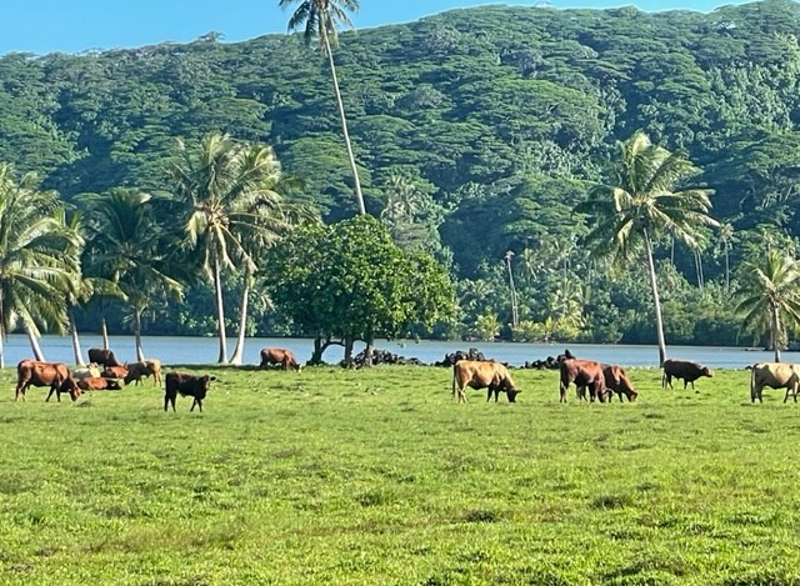
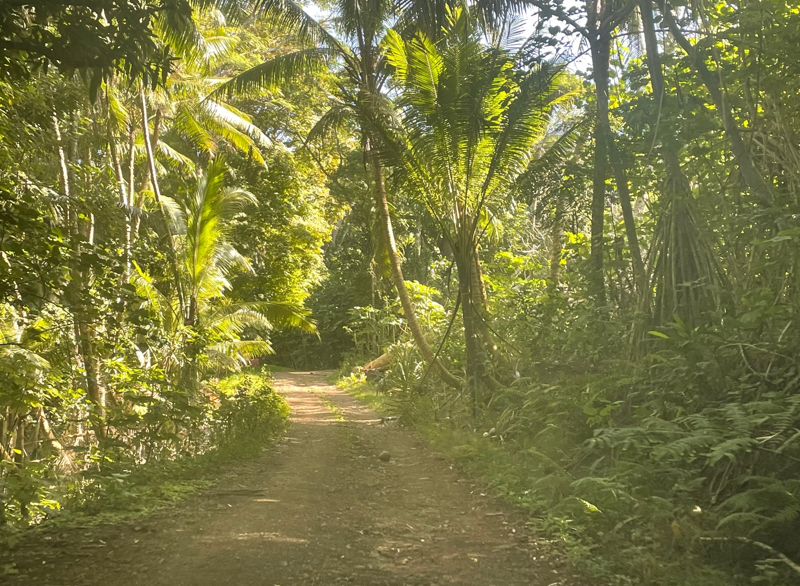
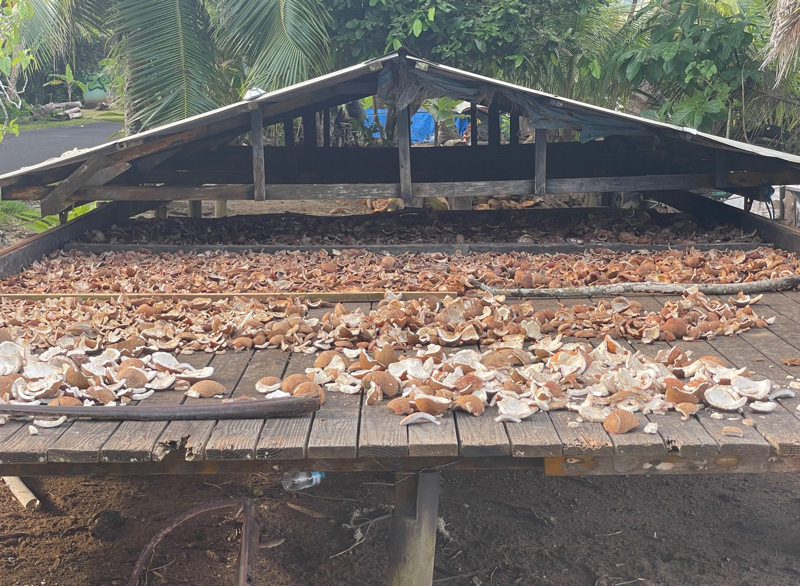
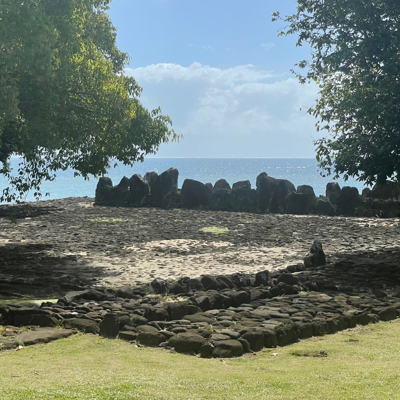

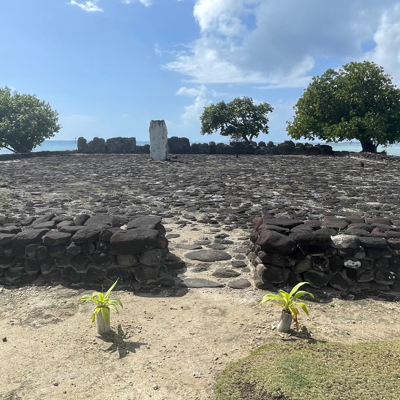
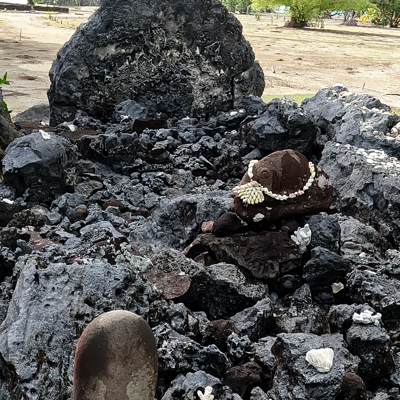
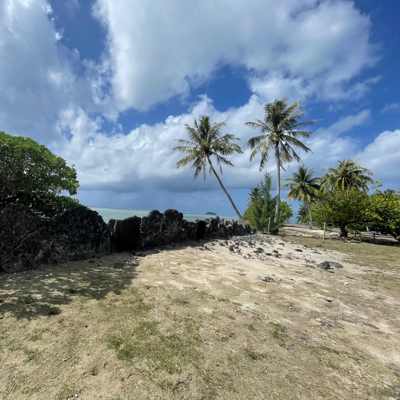
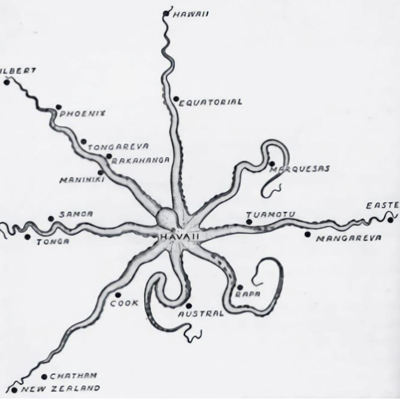
the ancient kings and their priests built the temple of Taputapuatea and in its middle they set a white stone higher than a man to mark the heart of the giant, mythical octopus Tumu-Ra’i-Fenua. From the coral sand beach next to this holy place, sailing rafts set out to discover and colonize the far flung islands of Polynesia. They used the wind to sail out through the holy pass of Teavanoa, leaving the gentle waters of the reef, passing through the small notch in the circle reef and voyaging thousands of miles across the open ocean. The vast tentacles of the octopus joined islands as far apart as New Zealand and Hawaii and bound them together.
Marae Tainuu, another even older but smaller marae dedicated to the ancient god Taaroa, was one of the most important marae in the islands. Found on the shore across on the other side of the island, early Christian missionaries unfortunately built a church in the center of it.

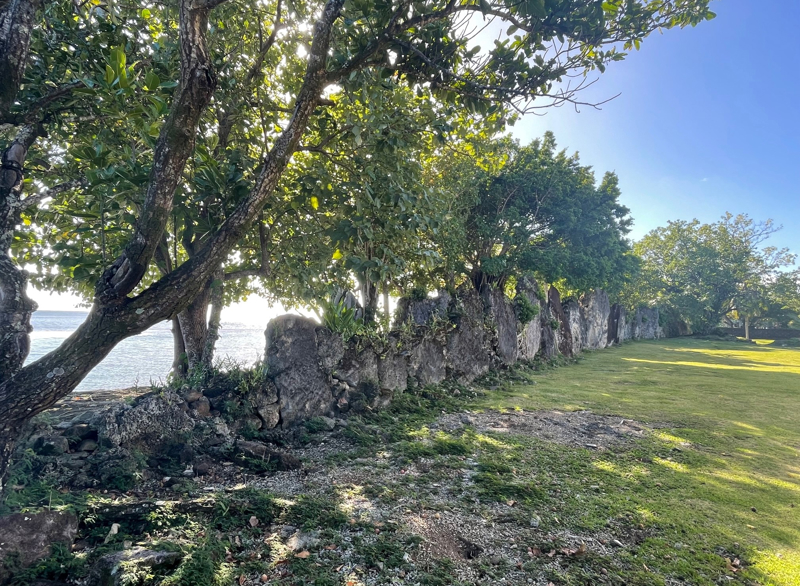
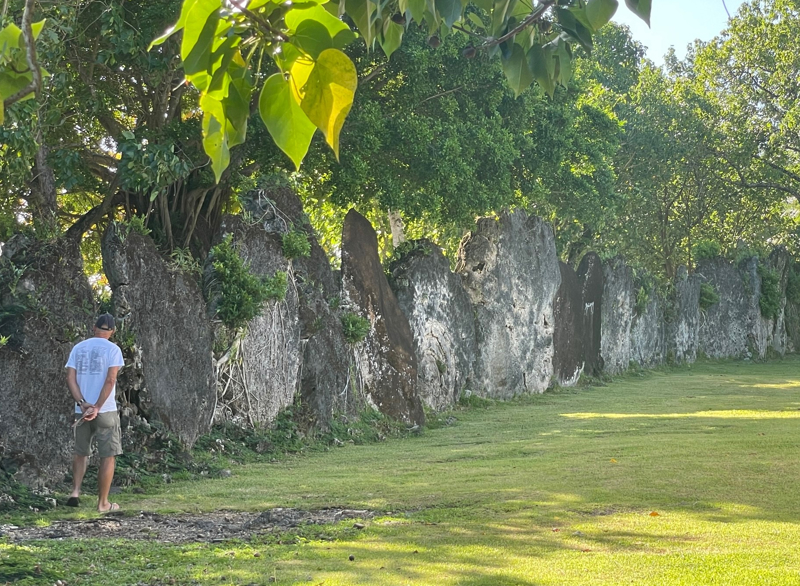

Schools and many businesses were closed on June 29 to celebrate Internal Autonomy Day to honor Tahitian and French Polynesian self-rule granted in 1984. The day also marks the day in 1880 when Tahiti’s King Pomare V gave France sovereignty over the islands.
We greatly enjoyed our time on Raiatea. We discovered some delightful boulangeries for our daily baguette and croissant fix and beach restaurants for drinks and eats (including beef cheeks!). Stopped at a coconut farm and learned how they dry coconuts to make coconut oil. And we learned all about growing, harvesting and processing vanilla at Hotu Vanilla. Raiatea is just the right size island with about 12,500 locals in 65 sq miles. Not overly developed or commercialized yet it is a comfortable place to work and live in a natural paradise of mountains, streams, lagoons, reefs and motus. Our last morning at “Fare te Hanatua” a large pod of dolphins swam along the shore as we enjoyed our coffee. Life here is good, too!
Taoto maita'i
XO XO
Gma & Gpa
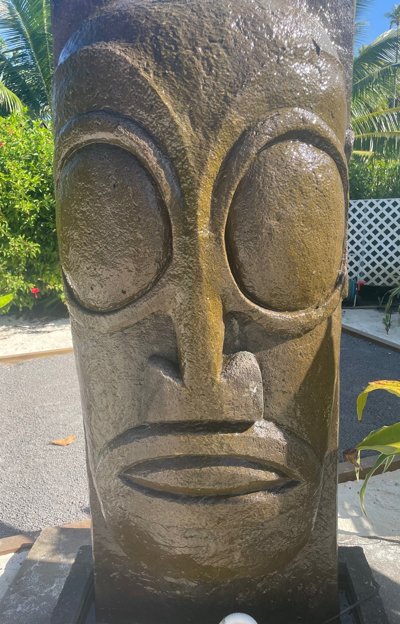
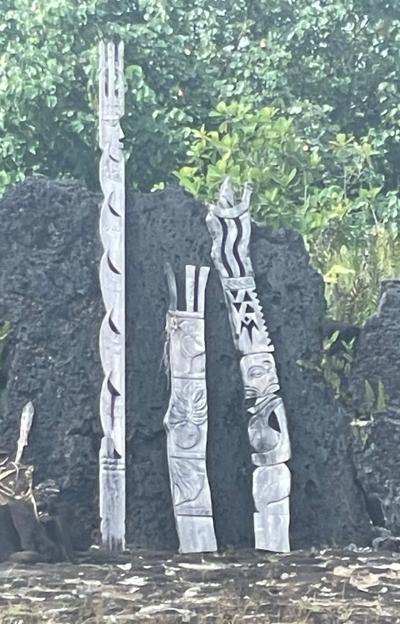
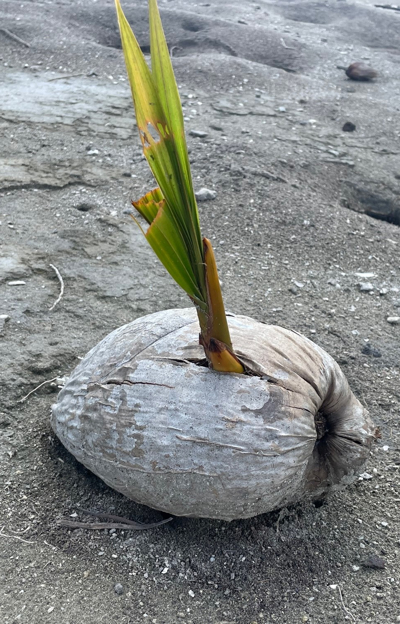

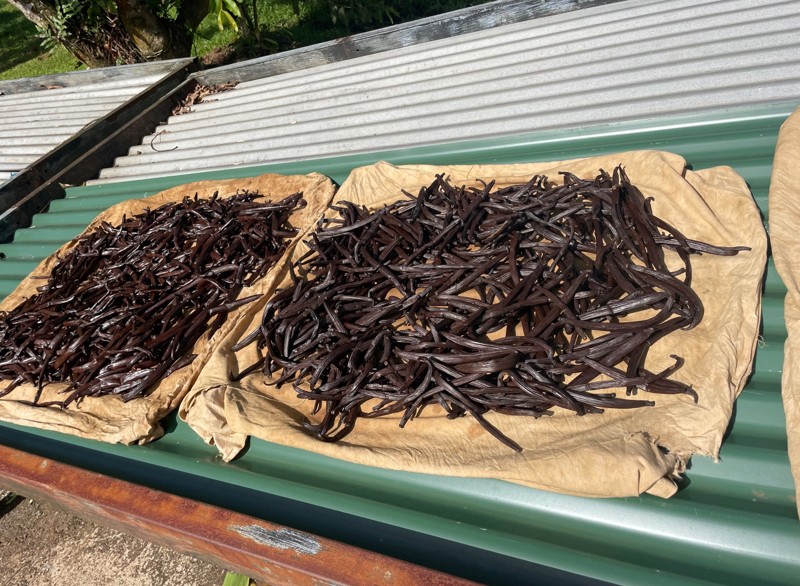

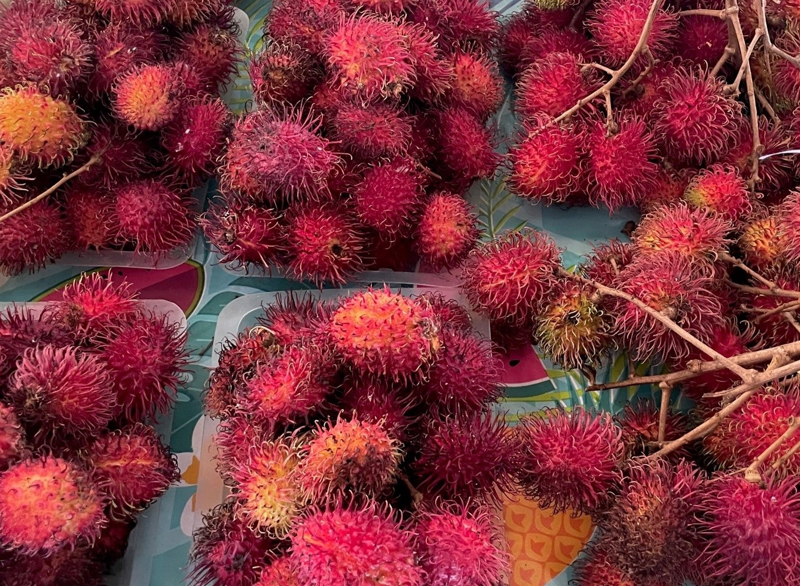

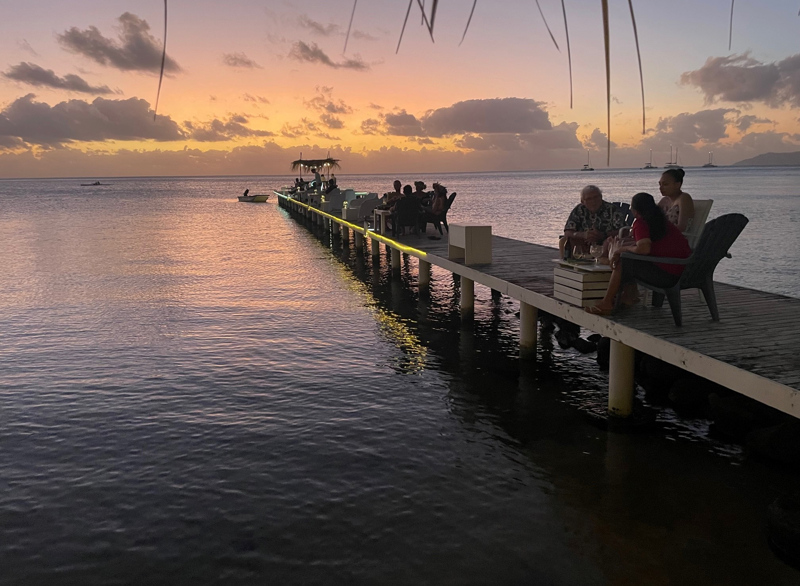

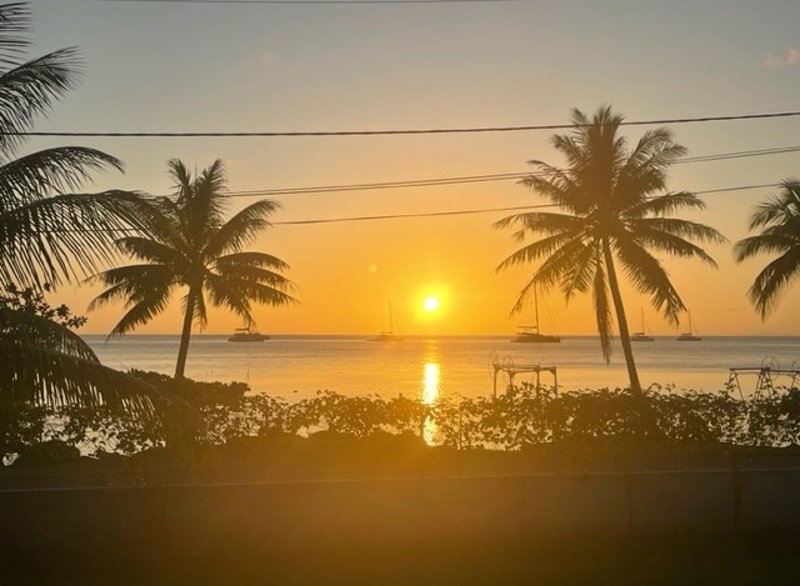
1.
Countdown
2.
...and We're OFF!
3.
...and waiting.
4.
Sailing Away!
5.
The San Blas
6.
Panama
7.
The Panama Canal
8.
The Transit
9.
Panama City
10.
27 Days at Sea
11.
The Marquesas
12.
Tuamotu Archipelago
13.
Moorea
14.
Tahiti
15.
On Vacation
16.
Raiatea
17.
Taha'a
18.
Huahine
19.
More Moorea
20.
Tahiti 2
21.
Sail On, Sailor
22.
Rarotonga
23.
Niue
24.
Vava'u
25.
Savusavu, Vanua Levu
26.
Yasawa Islands
27.
Viti Levu
28.
Viani Bay
29.
Taveuni Island
30.
Fiji Time
31.
Cyclone Season
32.
New Zealand